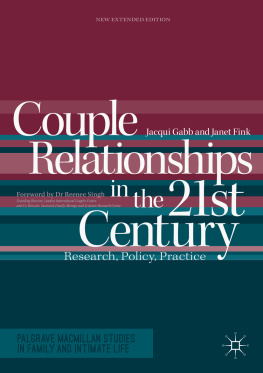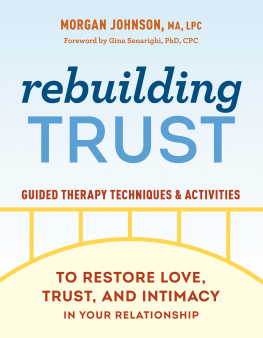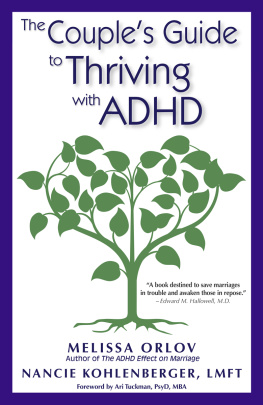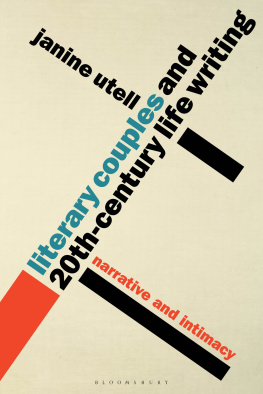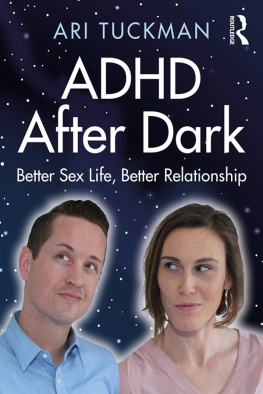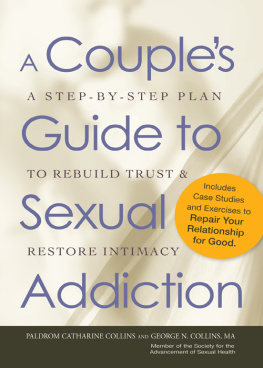1. Introduction
Researching couple relationships
In her book Ordinary Affects , Kathleen Stewart (, p. 4). In this book, we maintain there are no more complex or uncertain objects than long-term couple relationships, and that a similar epistemological strategy is needed to examine how couple relationships endure and in what ways they are endured . By concentrating attention on the ordinary affects which combine to create the texture of couple relationships, and through which the tensile strength of couple relationships is constituted, the book explores how relationships are sustained in the moment and over time. Moreover, in attending to the minutiae and mundanities of everyday feelings, acts and gestures that often go unseen in enduring relationships, we also bring into view the intensity and texture of those elements that connect two people and shape their intimate lives together.
Our aims in this endeavour and in the book more broadly are twofold. The first is to extend understandings of couple relationships by turning the analytic lens onto the many heterosexual and non-heterosexual (lesbian, gay, bisexual and queer LGBQ) couples who remain together for significant periods of time, thereby shifting attention away from serial or transitory relationships (Montemurro, which examined long-term couple relationships. Such couples have received little sustained academic attention in recent years and their inclusion in socio-cultural, policy and political debates about relationships and family life has tended to be as romanticised or aspirational relationship formations. By addressing these lacunae in research and resisting idealised and often deeply traditional views on the meanings of stability and quality in relationships, we thus seek to portray a more complex and nuanced account of how couples live and love in contemporary Britain. In so doing we illustrate the intersections of structure and agency, past and present, realities and dreams , and culture and context.
Our second aim is to extend a practices approach to the study of couple relationships in order to focus attention on couples experiences and feelings, especially where these are situated and materialised in the home . Despite the extensive use of family practices and practices of intimacy in studies of families and personal lives, a practices approach is curiously absent in research concerned with couple relationships as we go on to discuss. This has left a particular gap in knowledge about what couples do , together and together apart, in the privacy of their homes. For those in abusive relationships , home can be a place of insecurity, distress and fear but for the couples in our study, who viewed their lives together in largely positive terms, home signified permanence and commitment. We thus suggest that attending to the spatial dimension of couple practices brings into view how ideas and experiences of home are crucial in building a sense of togetherness and creating opportunities to nurture relationships (Neustatter, ). We hope, therefore, that the books analysis of the importance of home as a point of actual and imagined stability amidst the fluid and complex emotional dynamics of couple relationships will be of relevance to professionals and practitioners working to implement effective relationship education and support services. We also hope that our emphasis on the home as occupying a special place in couples imaginary of long-term relationships will provoke further policy debate about the effects on couples working to sustain their relationships of, not least, housing benefit changes, the bedroom tax , homelessness and the shortage of affordable homes in Britain.
Demographic and policy contexts
In England and Wales, 42 per cent of marriages end in divorce (Office for National Statistics (ONS), ), pointing to the enduring appeal of couple relationships across the sexual spectrum.
Political and policy interest in this area has tended to concentrate on families with children, and particularly their parenting practices, rather than couple relationships per se. From New Labour government (19972010) initiatives such as Every Child Matters (DfES, ).
Such narrow policy responses have not, however, been without their critics. The Relationships Alliance , formed of four leading relationship support organisations Relate, Marriage Care, OnePlusOne and the Tavistock Centre for Couple Relationships has, for example, suggested a range of alternative policy proposals to support couple relationships that go beyond the purely financial (Relationships Alliance, ) that some couples struggle to cope with. At a Relationship Summit (College of General Practitioners, London, 18 August 2014), in the long run-up to the 2015 general election, Prime Minister David Cameron announced that all future domestic policies would have to pass a family test that would examine their impact on family relationships. This book, then, like the rationale behind the Relationships Alliances recommendations and manifesto, speaks to the importance of attending to the intersections of everyday emotions and experiences in couple relationships when seeking to understand how people manage the challenges and difficulties that can be encountered in long-term relationships.
Academic contexts
Different academic disciplines have taken different methodological approaches to the study of couple relationships in order to interrogate a range of issues and concerns. Work completed under the umbrella of social psychology has, for example, emphasised how people perceive their couple relationships as continually developing and lasting ventures (Duck, ).
Sociologically informed UK research purely focused on understanding the couple relationship was, until recently, quite dated (Askham, ). The feminist adage that it starts when you sink into his arms and ends with your arms in his sink still often rings true in practice , as we discuss later in the book.
Socio-cultural contexts
The continuing investment in the idea of the couple saturates the cultural imaginary and is reinforced by a burgeoning mass-culture industry which tickles our senses with an abundance of images, fragrances, tastes and music (Lindqvist, ).
Running alongside the insistent presence of couple relationships in these different print, online and visual sources is an equally sustained focus on couples in popular therapy, evidenced through the attention afforded to couple relationships in self-help books, therapeutic TV programmes and advice columns in newspapers, magazines and online. As Eldn has argued:
Therapists, life coaches, and other experts are eager to share their analysis of what is wrong in peoples lives and to offer methods, tools and solutions to achieve a happy life. (Eldn, , p. 144)
Achieving a happy life in the context of our study is understood to require work in order for the relationship to succeed. Indeed, such has been the influence of this popular therapeutic discourse that the sociocultural and political contexts in which couple relationships are situated and imagined have increasingly drawn on the language of working at relationships, relationships that work and supporting couples to make relationships work better. This working at it agenda also features consistently in professionally oriented guidance and practice directed at family support, intervention and relationship advice (Chang & Barrett, ).

